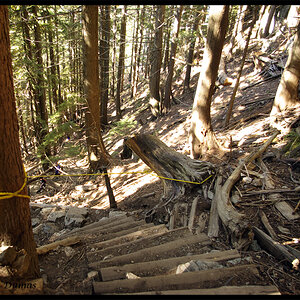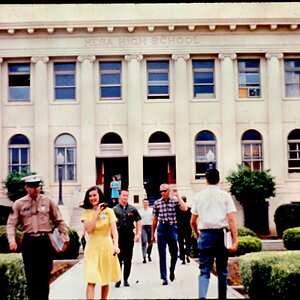Good morning all,
2 weeks ago I've bought a new Tamron 18-270mm F/3.5-6.3 Di II VC PZD . Reason? I don't want to switch lenses and I saw a great website from a guy who took 365 days foto's with this lens.
Last weekend I was 4 days on Ibiza and I wanted to test my lens, but I'm a little bit dissapointed... Maybe it's not the lens, but my photography skills. I'm new, and I'm learning every day, but I want some guys who can check my pictures. I want them sharper, more to the professional side...
I'm feeling a little bit confused at this moment, thinking I bought the wrong lens. But then when I look at the website from the other guy, I think, maybe it's just me?
Can you guys help me and check my pictures?
www.flickr.com/photos/119201014@N04/
Thx for the feedback.
2 weeks ago I've bought a new Tamron 18-270mm F/3.5-6.3 Di II VC PZD . Reason? I don't want to switch lenses and I saw a great website from a guy who took 365 days foto's with this lens.
Last weekend I was 4 days on Ibiza and I wanted to test my lens, but I'm a little bit dissapointed... Maybe it's not the lens, but my photography skills. I'm new, and I'm learning every day, but I want some guys who can check my pictures. I want them sharper, more to the professional side...
I'm feeling a little bit confused at this moment, thinking I bought the wrong lens. But then when I look at the website from the other guy, I think, maybe it's just me?
Can you guys help me and check my pictures?
www.flickr.com/photos/119201014@N04/
Thx for the feedback.




![[No title]](/data/xfmg/thumbnail/41/41786-0de67cacf7270937b4833f67d003f9c2.jpg?1619739891)





![[No title]](/data/xfmg/thumbnail/42/42257-4c4b35d60337b1b4ec661332486a33be.jpg?1619740066)


